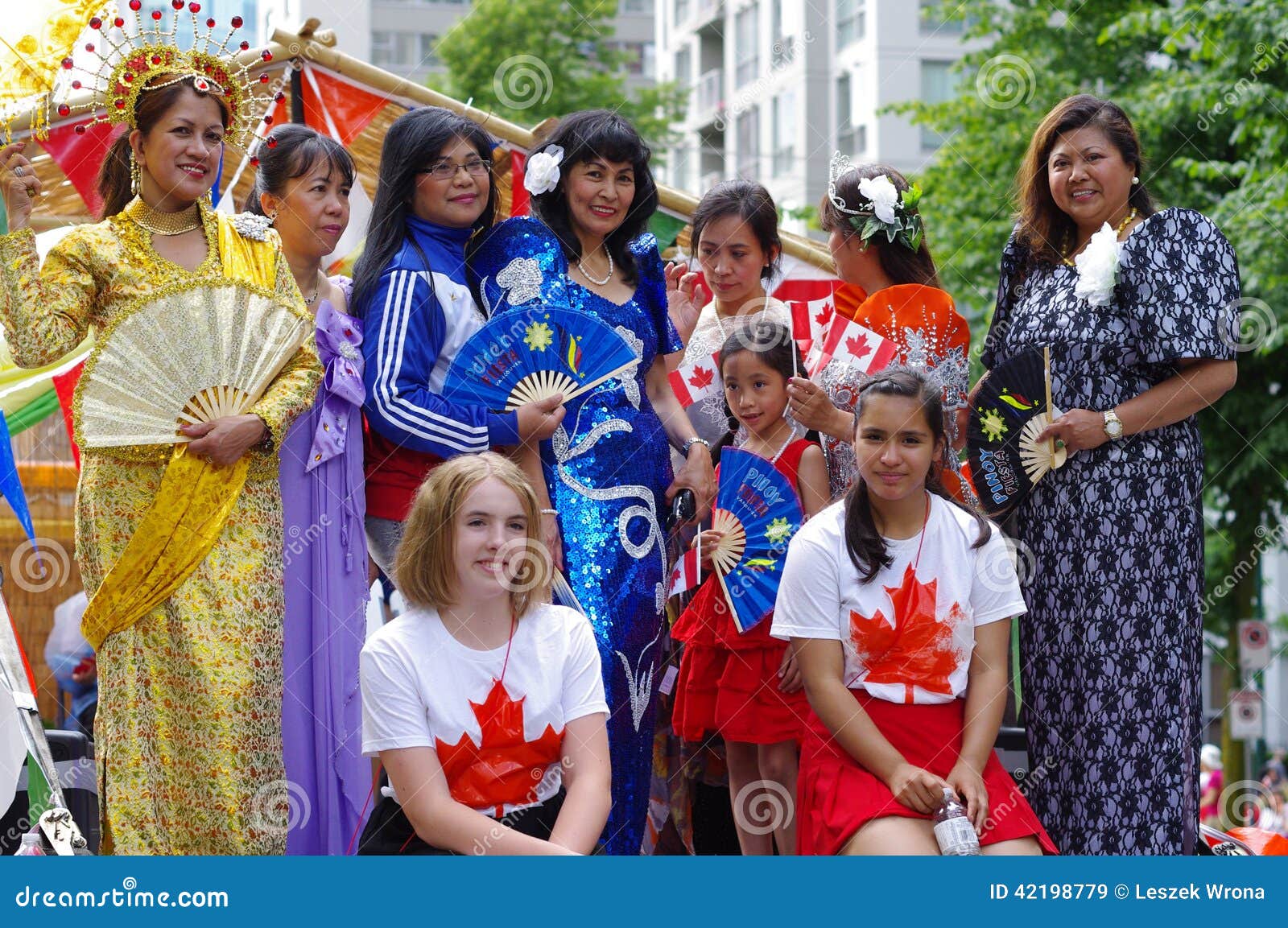
(Image credit: S.Borisov (opens in new tab) Shutterstock) The artsĬulture doesn't just refer to how people interact and look.

The Brandenburg Gate is a former city gate in Berlin that was rebuilt in the 1700s as a triumphal arch. Brandy and schnapps are also favorite German alcoholic beverages. Brewers used the yeast available in the air. These beers were crafted according to Reinheitsgebot, or the "Purity Law," a 16th-century Bavarian law that decreed that beer could only be brewed from barley, hops and water, according to NPR. Cabbage, beets, and turnips are commonly incorporated into meals, as they are native to the region, and potatoes and sauerkraut are also stars of German cuisine.īeer is the most popular alcoholic beverage, and the country is known as the birthplace of a number of beer varieties, including Pilsner, Weizenbier (wheat beer) and Alt. Schweinshaxe (braised pork hock) and Saumagen (pork stomach) are a couple of traditional pork dishes.īratwurst, a form of sausage, is closely associated with German food. Pork is the most consumed meat, according to the German Food Guide. Germans love rich, hearty cuisine, though each area of Germany has its own definition of what a traditional meal looks like. Muslims make up 4.4 percent of the population, while 36 percent are unaffiliated or have a religion other than Christianity or Muslim. ReligionĬhristianity is the dominant religion, with 65 to 70 percent of the population identifying themselves as Christian.

Romani, which is an indigenous language, Turkish and Kurdish are also spoken. Other languages spoken include Serbian in eastern Germany North and West Frisian, spoken around the Rhine estuary and Danish, primarily spoken in the area along the Danish border. More than 95 percent of the population speaks German as their first language, according to Angelo State University's Center for International Studies.

Unsurprisingly, the official language of the country is German.


 0 kommentar(er)
0 kommentar(er)
